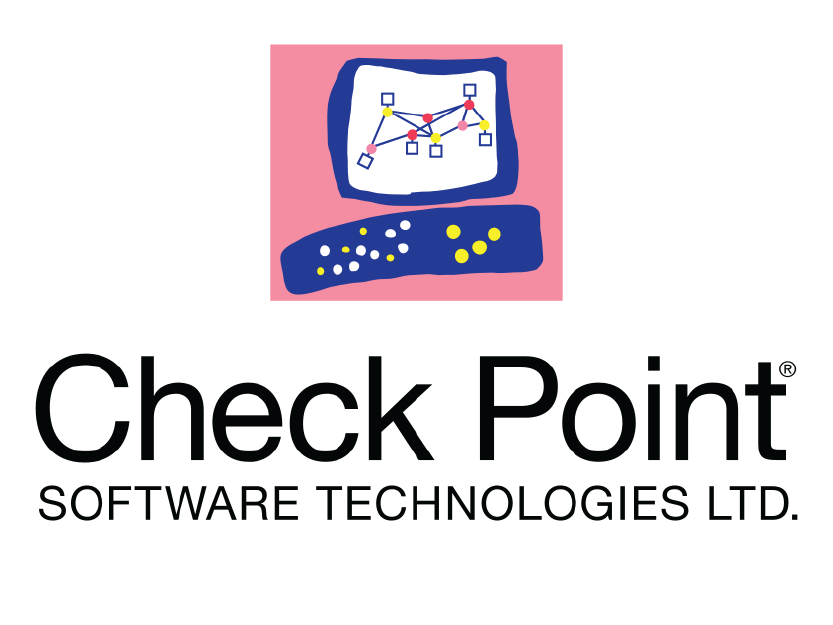Cybersecurity Methodology
Simplified.
Brite’s unique cybersecurity methodology is built from common industry frameworks. This methodology walks professionals through five key tenets of cybersecurity: Detect and Protect, Secure Access, Advanced Threat Prevention, Data Protect, and Governance, Risk and Compliance. Together, these five simplified areas ensure a wholesome approach to cybersecurity.
From SMBs to enterprises, Brite has a large network of thoroughly vetted, industry-leading technologies and services to meet any needs. Our team of cybersecurity experts and certified product engineers ensure customers realized the full value of the solution immediately and as needs evolve overtime.
Download the ebook to walk through our methodology in more detail. Or scroll down to learn about more about the individual tenets.
Download Cybersecurity Methodology eBook
Detect & Protect
You cannot protect what you cannot see
The Detect and Protect tenet builds a foundation of security insights with accurate information to guide informed decisions. In today’s environments, how do you identify and remediate threats on and off your network?
The technology and services within the Detect and Protect tenet provide:
- Complete visibility into managed and unmanaged connected devices
- User web and application activity on and off the network
- Complete visibility into all network traffic
- List of known vulnerabilities and remediation recommendations
- Incident notification and automated response
- Real-time threat detection
Featured Partners









Featured Partners








Secure Access
Ensure people are who they say they are
The solutions within the Secure Access tenet deliver secure, appropriate and audited access to critical systems, applications and data. The objective is two-fold -First, it is to prevent unauthorized, undetected system access. Secondly, it ensures authorized users have secure and reliable access to required systems, applications and data. Evaluate your current secure access approach by asking: How do you audit, monitor and control access for users, systems and privileged accounts?
Secure Access is achieved by utilizing solutions for:
- Privileged account access, control and monitoring
- Shared folder access, control and monitoring
- Multi-factor authentication
- Secure remote access
- Secure private access
- Identity access management
- Mobile devices management
Advanced Threat Prevention
Protect against advanced, evolving threats
Advanced threat prevention capabilities are a standard requirement, especially with the majority of staff physically out of the office working on endpoints connected to potentially unprotected networks. The objective of Advanced Threat Prevention is to provide proactive measures against today’s most advanced threats at each threat vector. Assess your current approach by asking: How do we prevent advanced threats on or off your network?
The key components of Advanced Threat Protection include:
- Next-gen perimeter defense (firewall, secure web gateway)
- Advanced endpoint protection (EDR, MDR, SWG)
- Email security
- Anomaly detection (anti-bot)
- Incident response and remediation
- Advanced forensics and event analysis (SIEM, XDR)
Featured Partners








Featured Partners






Data Protection
Proactively protect your crown jewels
Data Protection’s goal is to automate the assessment and prioritization of data. The daunting nature of this task is offset with a set of tools and rule sets. To evaluate your current position with data, ask yourself: How do you protect your organization’s critical data?
To mitigate the risk of attacks, this tenet emphasizes the protection of:
- Data at rest
- Data in motion
- Data in use
- Data in the cloud
Governance, Risk & Compliance
Ease the burden and make more informed decisions
Governance, Risk and Compliance focuses on providing industry standard suites to shorten time to compliance both for regulation and third-party vendors, easing the reporting demands and enabling more insightful decisions. Start your journey by asking: How do you continuously measure compliance and mitigate risk?
Together, the three areas of Governance, Risk and Compliance influence the framework and requirements of a security program. Key components include:
- Compliance scanning and monitoring
- Vulnerability scanning and management
- File integrity management
- Vendor risk monitoring and management
- Security check-ups and assessments
- Compliance readiness services
Featured Partners












